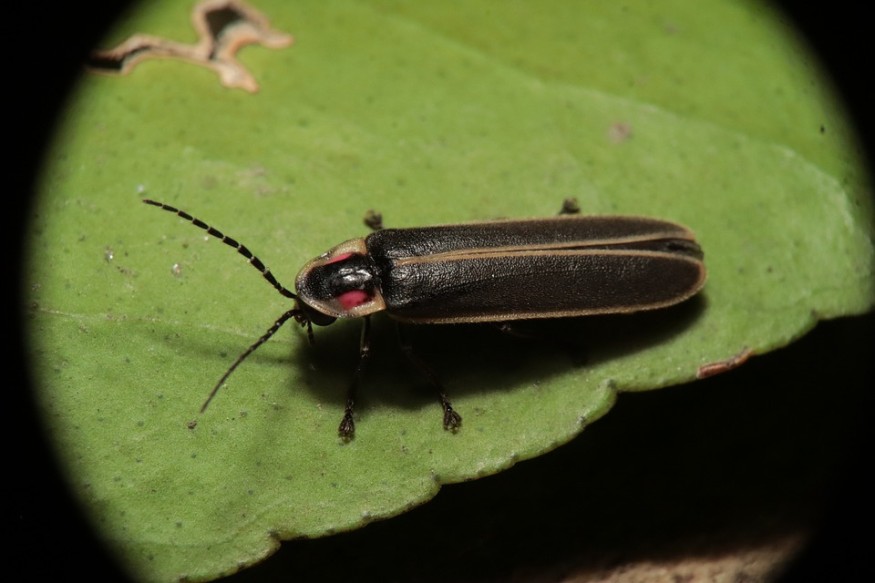A well-preserved light-producing beetle fossil, one that is considered to be in pristine condition for fossil standards, gives scientists insight into the evolutionary track of bioluminescent insect species.
The 100 million-year-old amber sheds light, pun intended, on the diversification of bioluminescent beetles in the Cretaceous period.
Scientists hope that the findings will provide the missing fossil link between ancient creatures and modern-day bio luminous insects.

With more than 3,500 recorded species, light-producing beetles are among the most diverse bioluminescent terrestrial creatures.
Known members of this glowing insect family are fireflies, fire beetles, glow-worm beetles, among others. They use their natural light to intimidate and ward off predators, attract potential mates, and, in some cases, lure potential meals.
Historically, despite their diversity, the evolution of bioluminescence in beetles has been poorly understood.
Bioluminescent insect
"Most bioluminescent insects are soft-bodied and quite small, and so have a scant fossil record.
However, this new fossil, found in amber from northern Myanmar, is exceptionally well-preserved; even the light organ on its abdomen is intact," said Dr. Chenyang Cai, a researcher at the University of Bristol and associate professor at NIGPAS.
The presence of a light-producing organ on the abdomen of the male provides direct evidence that that adults of Cretophengodes were capable of producing light some 100 million years ago.
"The newly discovered fossil, preserved with life-like fidelity in amber, represents an extinct relative of the fireflies and the living families Rhagophthalmidae and Phengodidae," says Yan-Da Li from the Nanjing Institute of Geology and Palaeontology (NIGP) and Peking University in China.
A significantly large number of the bioluminescent beetle population are also members of the giant superfamily Elateroidea with some 24 thousand known species and thousands more waiting to be described.
The discovery of this beetle, published in the Proceedings of the Royal Society B, provides the missing fossil link between living families and, in doing so, helps scientists understand how these beetles evolved and how they should be classified.
"Elateroidea is one of the most heterogeneous groups of beetles, and that has always been very difficult for entomologists to deal with, particularly because important anatomical innovations evolved many times independently in unrelated groups. The discovery of a new extinct elateroid beetle family is significant because it helps shed light on the evolution of these fascinating beetles," says Erik Tihelka from the School of Earth Sciences.
"We think that light production initially evolved in the beetle's soft and vulnerable larvae as a defensive mechanism to ward off predators. The fossil shows that by the Cretaceous, light production was taken up by the adults as well. It could have then been co-opted to serve other functions such as locating mates," says Robin Kundrata, an expert on elateroid beetles from Palacký University in the Czech Republic.
Male and female insects
Bioluminescent insects commonly have unusual adaptive characteristics that are evident in their adult form. But, the same could not be said for females.
As a matter of fact, females often do not resemble their male counterparts. They typically retain many of their larval features.
"A good example of this is the trilobite beetle, where the females don't look like beetles at all and instead superficially resemble trilobites. This means that females often get overlooked when collecting in the field. We want to focus on these unusual beetles when searching the fossil record in the years to come," said Yan-Da Li.
For more prehistoric animal news updated, don't forget to follow Nature World News!
© 2025 NatureWorldNews.com All rights reserved. Do not reproduce without permission.





